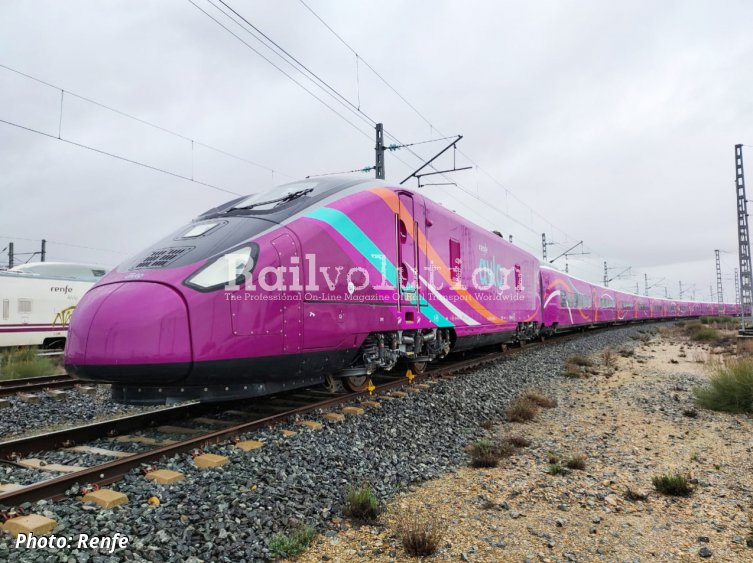AVRILs want a day off for New Year
posted on 3rd Jan 2025 11:33
1 January is a public holiday, at national level, right? Well, according to Renfe’s Class 106 AVRILs, so it should be for trains as well!
Drivers entering the cabs of various Class 106s early in the morning of 1January 2025 and attempting to activate the trains found that they had a common problem. By 07.00 it was clear that the entire Class 106 fleet - both fixed-and variable gauge trains - was out of action for some mysterious reason. The trains were not responding...
On the three routes on which Class 106s are used - from Madrid to Catalunya, Levante and Galicia and Asturias - Renfe hastily reallocated passengers to services operated by other types of high speed train, sourced replacement stock, and arranged substitute bus services in cases where providing an alternative rail service was impossible. Apparently even some EMUs allocated to the Media Distancia fleet were pressed into providing replacement services.
Renfe suffers from a shortage of reserve high speed trains and will do until deliveries of the 13 Class 107 AVRILs, formed using new power cars and passenger stock converted from former TrenHotel sleeping cars, are completed. The first trains were handed over to Renfe in May 2024 and are now being subjected to authorisation testing, with a view to putting in service by 2026.
28 diagrams (both AVE and AVLO) to be operated on 1 January by the 23-strong Class 106 fleet were affected by the ‘strike’ of the AVRILs, sources reckoning that around 15,000 passengers, many returning home after the New Year celebrations of the previous evening, were inconvenienced.
Renfe contacted Talgo, which contacted suppliers, and soon discovered that the problem revolved around the charging system for the trains’ batteries, supplied by the Basque manufacturer Ingeteam. This was unable to communicate with the trains’s control system, because it had failed to recognise the change of the year. During the whole of New Year’s Day, Renfe technicians, together with specialists from TARVIA Mantenimiento Ferroviario, which is responsible for maintenance of the 106s, worked to solve the problem.
At 04.40 on 2 January 2025 it was announced that the whole Class 106 fleet was once again operational, with its batteries charging. These batteries are essential for all on-board auxiliary power supplies (such as raising the pantographs). It was possible to restore the full range of 36 services operated by these trains on a normal weekday.
Renfe President, Raül Blanco, reckoned that the software failure had cost the company around 1 million EUR, on account of ticket refunds and providing alternative services. This comes on top of a chaotic first year for the Class 106s, which since entering service in May 2024 have clocked up 479 ‘incidents’, of which 28 resulted in delays of over one hour, and 14 required transferring passengers to other trains or road transport.


